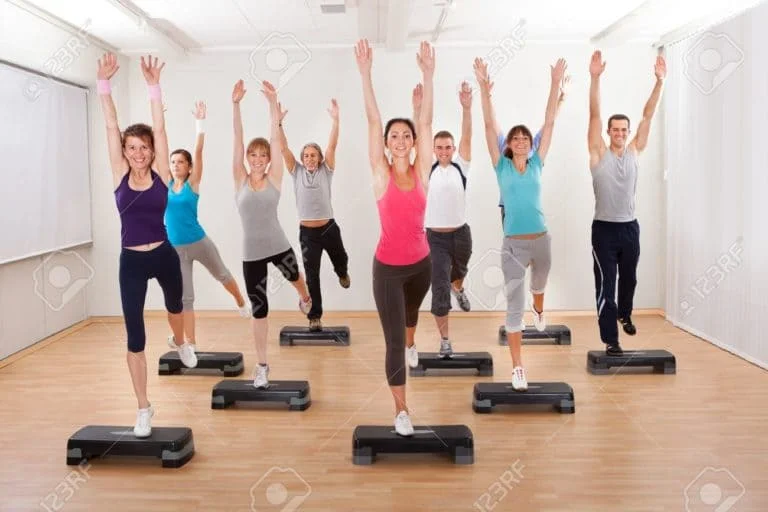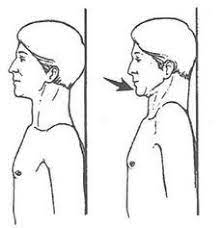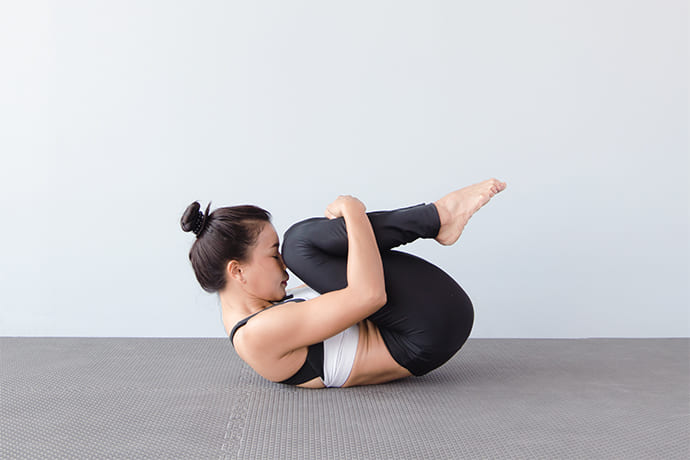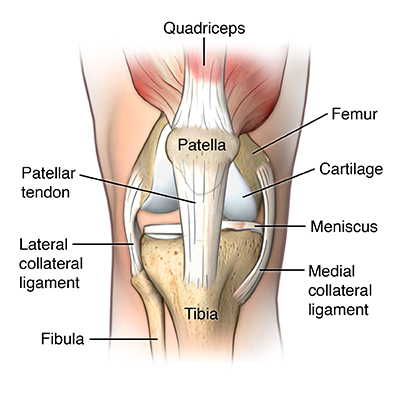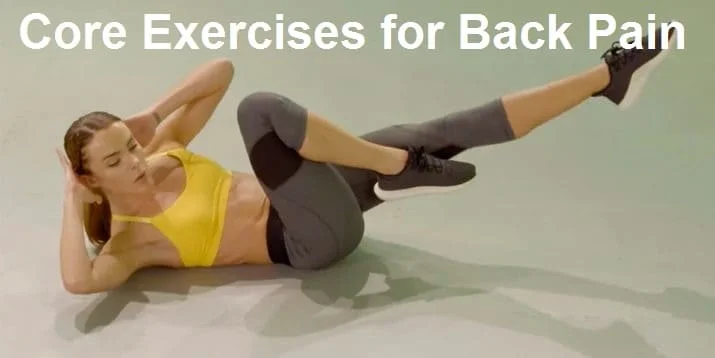TYPES OF PHYSIOTHERAPY EXERCISE
Table of Contents
INTRODUCTION OF PHYSIOTHERAPY EXERCISE
When attending physiotherapy sessions, we will not only have you perform exercises in the clinic but also issue some exercises to perform at home. Physiotherapy exercises are used to increase circulation, decrease muscle spasms, improve muscle strength and activation, and restore your body to its natural state of functioning properly.
All good stuff! Not only are they great at keeping you healthy they are also one of your best tools when recovering from an injury. Gone are the days when you are injured and told to just rest for 2-3 weeks… or sometimes longer. Time to get off your butt and take an active role in helping your body recover! Here are some of the most common types of physiotherapy exercises.
A home exercise program will inevitably be part of the treatment plan in physiotherapy. Exercise has been proven to be an extremely important modality in the management of many musculoskeletal conditions. A detailed and personalized program developed by your physiotherapist will help target the right goals and prevent injuries. It should include different types of exercises geared towards the impairments observed in your specific condition. Also, make sure to use the correct exercises in physiotherapy parameters (number of sets/repetitions, number of times per day/week, duration, rhythm, resistance level).
~ Mobility exercises have two goals: lubricate joint surfaces and increase or maintain range of motion. They are repeated movements of a segment of the body up to the maximum range of motion allowed.
DIFFERENT TYPES OF PHYSIOTHERAPY EXERCISE:
Musculoskeletal physiotherapy:
Otherwise known as orthopaedic physiotherapy, treatments that fall under this category focus on restoring function to the musculoskeletal system, including all muscles, joints, tendons, ligaments and bones.
Your physiotherapist will assess if these skeletal components are all working well together to ensure your body is moving at its optimum. Many injuries are as a result of the musculoskeletal system not working well as a whole.
- Chronic pain, especially lower back pain are also caused by the musculoskeletal system being out of alignment in different areas. Our musculoskeletal treatments focus on:
- reducing pain
- increasing mobilization
- treating soft tissue damage
- correcting skeletal alignment
Geriatric Physiotherapy:
Geriatric physiotherapy focuses on the unique movement needs of older adults. There are many conditions that affect people as they grow older such as arthritis, cancer, osteoporosis, Alzheimer’s disease, joint replacements, and balance disorders.
The goal of our geriatric physiotherapy treatments is to help:
- restore mobility affected by old age
- reduce pain
- work around physical limitations and
- improve physical fitness and overall health
- Actively ageing with the help of physiotherapy, is paramount in ensuring your future is pain free and as independent as possible. At Graceville Physio, we offer a range of classes and programs specifically designed for seniors seeking to maintain an active and healthy lifestyle. Keep that spring in your step, no matter your age!
Paediatric Physiotherapy:
Paediatric physiotherapy focuses on the physical needs of infants, toddlers, children and adolescents with a variety of developmental, neuromuscular, skeletal or other physical disorders.
- Early detection is key when children experience problems that inhibit movement and their natural state of being. Physiotherapy is used for children who are affected by diseases or injuries including:
-acute injuries from sport or otherwisepaediatric physiotherapy
– genetic disorders like cerebral palsy
-birth defects
-developmental delays
– head trauma, muscle diseases and/or limb deficiencies
– orthopaedic disabilities
- Our physiotherapy treatments help children with:
-alleviating pain
– improving their gross and fine motor skills
– regaining strength, endurance and range of motion
– regaining balance, coordination and normalisation of movement
– therapeutic exercises and stretches for injury rehabilitation
-cognitive and sensory processing
Sports Physiotherapy :
Our sports physiotherapists are closely involved in the care and wellbeing of athletes, from weekend warriors to seasoned professionals and active children alike. This area of practice includes management of athletic injuries through:
- initial assessment and diagnosis of an injurysports physiotherapy
- treatment of injury through the application of specialist advice and techniques to encourage healing
- rehabilitation and progressive injury management for a quick return to sport
- prevention practices such as movement assessments to identify and address any known precursors to injury
- education and sharing specialist knowledge (such as taping techniques) to individual athletes, teams or clubs to assist in the prevention of injury
Children’s sports injuries
Children’s sport injuries can also be effectively assessed and treated with physiotherapy. As musculoskeletal and joint injuries can impact the growth and development of your child, it is important to seek a specialist who will look at your child’s overall physical structure and development rather than examining just the injury on its own.
The children’s sport services we specialise in at Graceville Physio include:
- Sprains and strains
- Growth plate injuries
- Repetitive motion injuries
- Soccer, football, netball, or rugby league related injuries and rehabilitation
- Other than the management of sports injuries, we also assist our athletes and their teams to enhance recovery after training and to make the most out of each of their training sessions.
Women’s Health :
Physiotherapy for women mainly addresses issues with the female reproductive system, childbirth, prenatal and postnatal care, and issues with infertility.
Our specialist physiotherapists assist women with:
- relieving lower back, pelvic, and hip pain during and after pregnancy
- strengthening core
- activating pelvic floor
- reducing lymphatic swelling
- controlling urinary incontinence
- We also offer a range of specialist prenatal and postnatal services including pregnancy Pilates classes, physiotherapy sessions, and pregnancy massage to help you through all stages of your journey to motherhood.
Rehabilitation and Pain Management :
- Physiotherapy for Rehabilitation and Pain Management
If you’re suffering from chronic pain, are due for surgery or if you’ve recently had surgery, this type of physiotherapy focuses on getting you back on track to a pain free lifestyle.
- Treatment prior to surgery focuses on exercises that will strengthen your body and prepare you for post-operative rehabilitation. After surgery or injury, reducing pain and swelling is the first priority, and then gentle exercises to improve function with the aim of getting you back on track as soon as possible.
Cardiorespiratory Physiotherapy :
- Cardiorespiratory physiotherapy specializes in the prevention, rehabilitation, and compensation of people suffering from diseases or injuries affecting the heart, chest, and lungs. Treatments include:
– Deep breathing and circulation exercises
– correct breathing techniques
– strategies to help you manage coughs and shortness of breath
– positioning for optimal lung expansion
– pulmonary and cardiac rehabilitation
– People who suffer (or have suffered from) asthma, chronic bronchitis, pneumonia, emphysema, heart attack, hypertension, or other conditions affecting the heart and lungs will benefit from this type of physiotherapy. If you’ve had heart or lung surgery, physiotherapy will also be able to assist you in your rehabilitation.
Neurological Physiotherapy :
Neurological physiotherapy targets disorders affecting the nervous system including head injuries, stroke, spinal cord damage, sciatica, aneurysm, multiple sclerosis, Parkinson’s disease, and neurological balance issues signalled by vertigo.
Treatments focus on rebuilding correct neural pathways, motor control, balance, and coordination. Physiotherapy may also assist in rehabilitation after brain surgery.
- Our range of physiotherapy treatments (provided in the clinic or during a home visit) includes:
Massage + Lymphatic drainage
TENS, IFT, SWD, Ultrasound therapy, Paraffin wax bath, Infra-red therapy
Magnetic Therapy
Dry Needling & Acupuncture
Taping
Kinesiology and Kinetic Link Training
Exercise Physiology
Soft Tissue Treatment
Joint mobilisation
Stretches and exercises
Rehabilitation
Strengthening and conditioning programs
- The type of physiotherapy exercises that you will perform will depend on the stage of your recovery.
Range of motion exercises :
Range of motion (ROM) exercises can be performed either with the assistance of your personal physiotherapist or you do it on your own with the guidance of your PT. Sometimes, you may have tightness in your joint or muscle, which can limit the available range of motion for your joint. In this case, your physiotherapist may use a heating modality to help loosen tight tissues prior to stretching to improve your joint range.
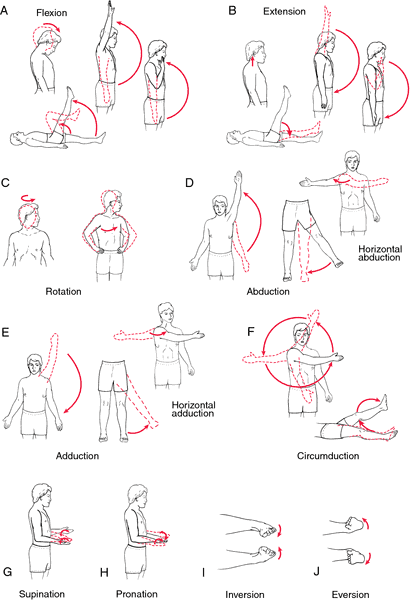
- Types of Range of Motion Exercises: There are three types of ROM exercises: passive, active –assistive, and active range of motion exercises.
- Passive range of motion exercise (PROME)
- In PROME, the physiotherapist will move your limb along the joint range. This is often performed on patients who are unable to move their limb.
- Active-assistive range of motion exercise (AAROME)
- This range of motion exercise is done on clients who are able to move their limb but needs assistance from the physiotherapist to complete the joint range. Sometimes, pain may limit the patient’s ability to actively complete the motion. The physiotherapist may assist the patient to complete the movement or just beyond the point of pain. The pain should not persist or worsen when motion is stopped.
- In this type of ROM exercise, there is minimal assistance from the physiotherapist.
- Active range of motion exercise (AROME)
- The client performs the movement without physical assistance from the therapist. The physiotherapist may still verbally instruct the client on the proper execution of the exercise.
Strengthening exercises :
- Strengthening exercises are usually done on weakened muscles. It may also be done as part of the client’s general conditioning exercise program. Having normal muscle strength help prevent future injury.
- When muscles are not moved for a while because of an injury or immobilization (cast or brace), the muscles tend to get weak. Often, progressive strengthening exercises are included in your rehabilitation program. Your physiotherapist may let you perform the exercises with resistance bands and progress to weights as your strength improves.
General conditioning exercises :
- General conditioning exercises involve a combination of exercises including range of motion, strengthening, and walking exercises to help maintain or improve your
– Cardiopulmonary fitness;
– Muscle and joint flexibility; and
– Muscle strength.
Balance exercises :
- Balance exercises may be a part of your rehabilitation program if you have problems with your balance. Strengthening your major muscles are important parts of a balance rehab program.
- Depending on your specific needs and level of fitness, your physiotherapist may start from where you are most stable. For example, if you can sit without support, your therapist may suggest that you do balance exercises using parallel bars. Once you are able to do the exercises easily, you may start doing them without parallel bars.
Ask your doctor or physiotherapist about what appropriate exercises that you can perform based on your specific problems, needs, and goals.
The stretching exercises :
are done in order to improve flexibility. The goal is to pull away the origin and insertion of the muscle in question in order to stretch it. In order for these exercises to be effective, it is important to align the segments of the body involved by correcting the compensations. It is also important to exhale well to help the muscle relax and thus minimize its resistance. The stretching positions are maintained for a long time and for a small number of repetitions.
Strengthening exercises :-can improve strength, endurance or muscle power. They can be addressed to two different types of muscles: mobilizing muscles or stabilizers. Reinforcement can be done without a load (hands free) or using dumbbells, elastic bands, pulley systems, your own body weight, etc.
Proprioception exercises :-are indicated when there is a decreasing ability to know where the body is in space (position) or how the body moves in space (movement). For example, the practice of balance on one leg improves the sense of position of the lower limb. An exercise where you have to draw the letters of the alphabet with the end of the trained limb could be recommended to improve the direction of movement.
Functional exercises :- are prescribed to practice an everyday life movement which is difficult after your injury. If indicated, the physiotherapist may ask you to practice a specific movement that you perform at work, at home or in your sport.
Cardio-vascular exercises :- such as stationary biking, walking, running, elliptical and swimming, are indicated to regain your previous level of effort. Yoga is also an activity that leads to cardiovascular health, as well as flexibility, strength, mobility and proprioception.
Your physiotherapist will teach you how to perform the different types of exercises in physiotherapy clinic and will ensure that progression is done properly.

